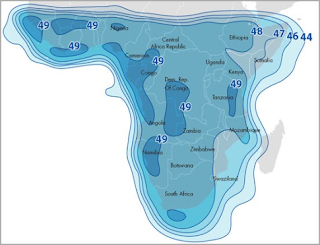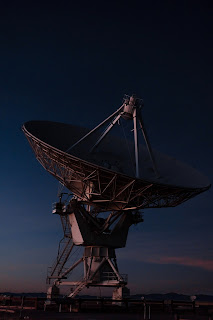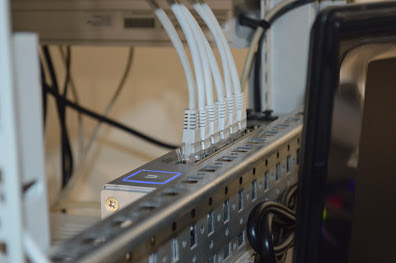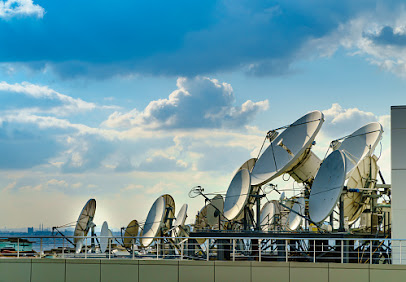Satellite Broadband Solutions: Ideal For Providing Smooth Internet Connectivity At Remote Locations

The internet has transformed the lives of people across the world in many ways. It has emerged as a fundamental tool for carrying out various professional and personal activities, making it critical for people to have an easy access to the internet both at their home and place of business. However, there are many places across the planet where installation of typical fibre optic cable is not possible even today. To ensure that people at these regions get smooth and fast connectivity, satellite internet like VSAT Services are commonly used. As satellite technology is not dependent on existing telephone line infrastructure, as well as geographical location, it allows people to enjoy fast broadband no matter where they are. By availing satellite Broadband Solutions , people do not have to deal with slow speeds due to their remote location or have to install expensive connections that are way above their budget. Satellite internet is basically a wireless internet connection that on




















